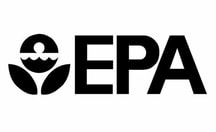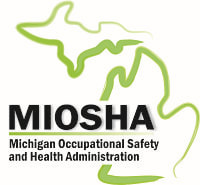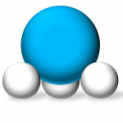 Chemical Accident Prevention is high on everyone’s priority list. The EPA even has a rule for it. The Risk Management Plan (RMP) Rule (40 CFR Part 68) governs accident prevention under Section 112(r) of the Clean Air Act Amendments. The “RMP Rule” established regulations that facilitate accident prevention at facilities that use certain highly hazardous chemicals listed in the regulation. For example, many facilities that use anhydrous ammonia are required to prepare and implement an RMP at their location, and must submit the RMP to the EPA every 5 years. Whoa, you say. What’s in an RMP? An RMP is a set of documents and procedures that govern the following actions at a facility when that facility has the highly hazardous chemicals in a process in quantities above a Threshold Quantity. For ammonia refrigeration the threshold is 10,000 pounds.
Why would a facility want to prepare an RMP? First of all, because these plans provide your local police, fire and emergency response personnel with information needed so that they can respond to an incident at your facility in the most effective way possible. And, Secondly, because these plans must be submitted to EPA. They must also be resubmitted every five years. FUN FACT Did you know that the Environmental Protection Agency implements the Risk Management Plan (RMP) Rule in Michigan – not the Michigan Department of Environmental Quality?  If your facility uses or maintains a highly hazardous chemical in quantities above the threshold limit (often 10,000 pounds or more), then the Process Safety Management regulations apply to you. Never heard of Process Safety Management? Process Safety Management, or PSM as the program is referred to, is an OSHA Performance Standard, which means that the regulations are not prescriptive. Instead, OSHA allows a facility to set up its program in a way that makes sense for the facility, as long as the program performs satisfactorily, the facility meets the regulatory requirements, and it keeps the highly hazardous materials within their containers. The PSM regulations are outlined in 29 CFR 1910.119. MIOSHA has adopted these regulations in GI Part 91 and OH Part 591. We aren’t going to lie. There is a lot to digest and understand. But, OSHA provides a lot of useful information on its Process Safety Management webpage. It even published a Process Safety Management for Small Businesses brochure in 2017. You can find the brochure here. PSM applies to toxic and flammable materials maintained in quantities above the thresholds listed in the standard. The OSHA list of highly hazardous chemicals can be found here. The MIOSHA list and regulations can be found here.  An article provided by: Vicki Schneider, Principal Consultant at Schneider Risk Management As we shared with you in a previous article, the U.S. EPA (EPA) issued an Enforcement Alert (February 2015) describing how facilities using anhydrous ammonia are under scrutiny by EPA. The Alert primarily addressed facilities that contain anhydrous ammonia above the threshold quantity (TQ) of 10,000 lbs.; however, these warnings should not be ignored by those companies with systems under the TQ. The U.S. EPA (EPA) issued an Enforcement Alert in February 2015 entitled “Anhydrous Ammonia at Refrigeration Facilities Under Scrutiny by U.S. EPA.” This Enforcement Alert notes that the EPA has gathered evidence that suggests refrigeration facilities may not be properly managing their ammonia. It states that the “Alert is intended to inform industry that companies must take responsibility to prevent accidental releases of dangerous chemicals like anhydrous ammonia through compliance with CAA’s Chemical Accident Prevention Program (40 CFR 68).”
|
|

 RSS Feed
RSS Feed
